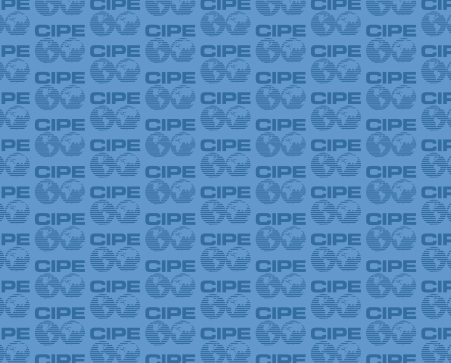
What do Kenya, Haiti, and Chile have in common? Socially-devastating events – whether they are man- or nature-made – and the need the help people in a desperate situation.
When ethnic violence spread across Kenya following the presidential election in 2008 not only the country, the whole region was shocked over the magnitude of the disaster. More than a thousand dead and more than a hundred thousand displaced – a real human catastrophe. The real problem faced by those seeking to restore peace was documenting instances of ethnic violence and figuring out where help is most needed.
A post on one of the forums by a Kenyan national suggested the development of an online mapping system, that would allow citizens to report instances of violence using the most common technology available – cell phones.
A group of tech-savvy volunteers picked up the idea and Ushahidi was born. Its an open source software that can be used to map any disaster by allowing citizens on the group to file reports via SMS messaging. This improves humanitarian relief efforts, helping direct key supplies to areas where they are needed most.
The technology has been successfully used in Haiti and Chile recently to do just that.
In recent years, a number of similar tools have been developed and successfully used to direct peace-building, reconstruction, and humanitarian relief efforts.
I wonder, however, if such technology will make it as a permanent feature of activities of the international development community. Lack of coordination on the ground is one of the common complaints in the development field, as you often have different organizations focusing on similar efforts in same parts of the country while ignoring the real needs elsewhere. This goes for both infrastructure-building projects as well as efforts focusing on political and economic reform.
The new technology shows that the commonly-complained about coordination problem can be solved. So what’s stopping OECD, the UN, the World Bank, USAID, SIDA, JICA, SNV, CIDA, and many others from jumping on this opportunity and implementing it in key countries receiving ODA? Maybe, as it has happened in Kenya, someone will pick up on the idea and make it a reality. Maybe someone is already doing just that?
Published Date: March 18, 2010